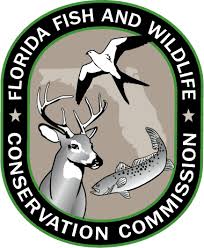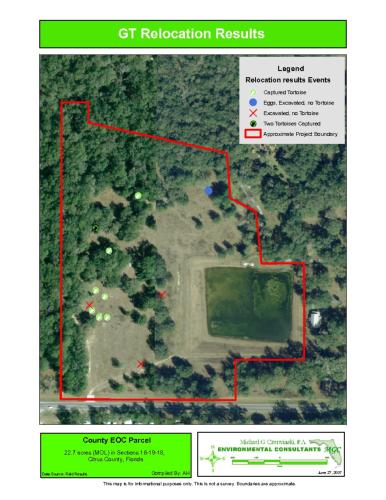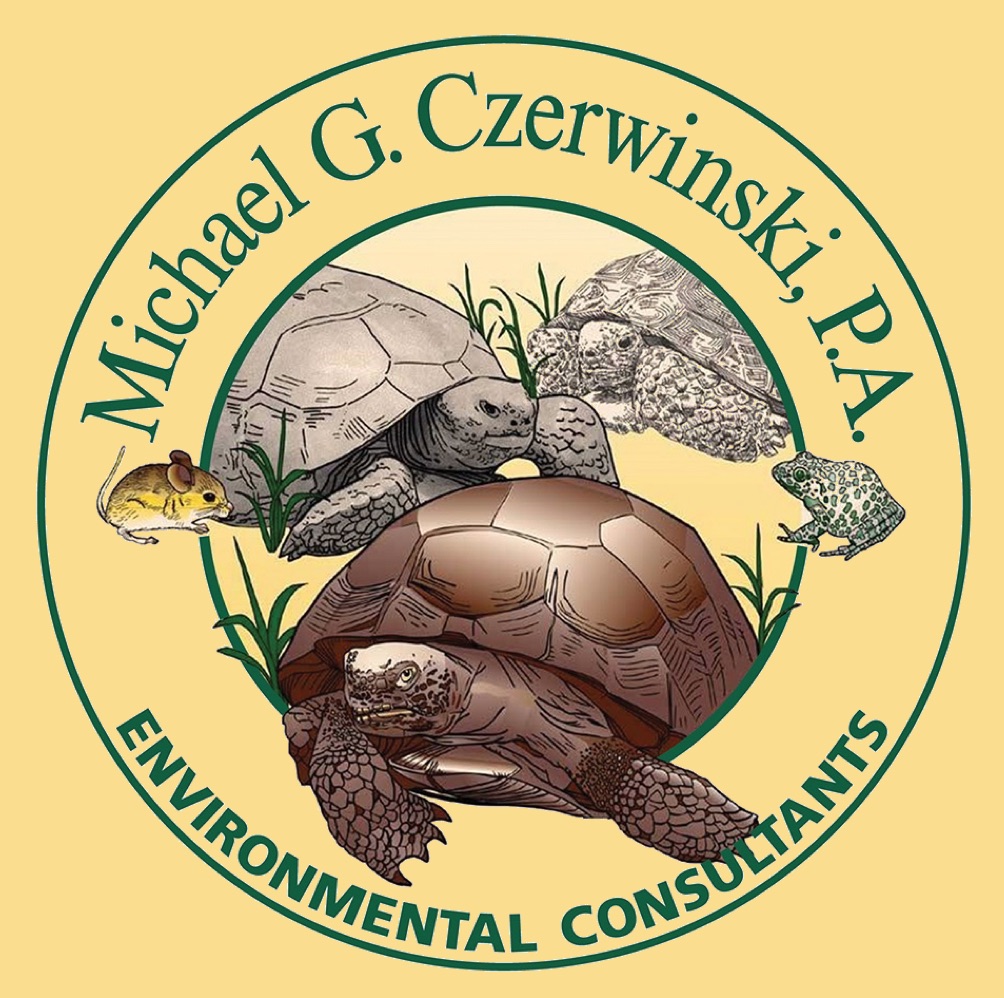Gopher Tortoise Services
Surveys, assessment, permits, avoidance, and relocation.
These protected creatures . . .
 The Gopher Tortoise (Gopherus polyphemus) is a long known Florida resident. They have become threatened by changing land use and environmental conditions. Because of those threats, they are protected under Florida law as “threatened” species.
The Gopher Tortoise (Gopherus polyphemus) is a long known Florida resident. They have become threatened by changing land use and environmental conditions. Because of those threats, they are protected under Florida law as “threatened” species.
Gopher Tortoises are a “Keystone Species.” This means that many other species rely on them for survival. These Gopher Tortoises dig burrows and provide shelter for more than 350 other species. Because gopher tortoises prefer well drained, sandy soil habitats, the areas they inhabit are also prime development locations.
 And because they play such a critical environmental role, both tortoises and their burrows are protected by law. Tortoises must be relocated before any land clearing and development begins, regardless of where we find them. Florida’s Fish and Wildlife Conservation Commission (FWCCC commonly called “FWC”) governs them. It requires permits before capturing and relocating tortoises.
And because they play such a critical environmental role, both tortoises and their burrows are protected by law. Tortoises must be relocated before any land clearing and development begins, regardless of where we find them. Florida’s Fish and Wildlife Conservation Commission (FWCCC commonly called “FWC”) governs them. It requires permits before capturing and relocating tortoises.
Permits and Process
Our team knows and understands permitting processes. We understand how to survey land to find tortoises. We coordinate with government, engineering, construction, and real estate professionals. Each year we hear from developers and builders whose work has been stopped. The FWC will step in when tortoises are threatened. Sometimes a builder failed to survey their property for tortoises or disturbed tortoise burrows. We help resolve these difficult problems and get our clients back to work.
A Protected Species
Observed Listed Species – Gopher Tortoise
The gopher tortoise (Gopherous polyphemous) is a threatened wildlife species. It appears on the State threatened species list. And the tortoise and its burrow are protected by the FWC. It is the only native land tortoise in the southeastern United States. It creates a crescent or half-moon shaped burrow in sand. The gopher tortoise’s preferred habitat is sandhill, oak scrub, and other xeric (dry/nutrient poor) habitats.
This keystone species is crucial to the survival of a number of other listed species because its burrows provide important refuges for a much larger wildlife community (Speake 1981, Franz 1986). As gopher tortoise habitat decreases, so do many of the species that utilize their burrows. As of 2020, FFWCC guidelines generally prohibit land clearing or soil disturbing activities within 25’ of a potentially occupied burrow without first obtaining a permit.
The FWC requires us to avoid gopher tortoises and burrows by a minimum of 25 feet for most construction and clearing activities. A relocation permit must be obtained if burrows can’t be avoided by 25 feet. It also requires that tortoises are relocated before construction activities re-start.
How we Help
We work with each client to develop a plan. We pull together all the specifics of your project. Then we survey the site to identify the location and number of burrows.
Finally, we know the extent of the population. Then our staff provides a summary of the “best fit” options available for your property and specific project. Management options may include
- avoiding on-site burrows by a minimum of 25’, on-site
- off-site relocation,
- temporary exclusion for installation of underground utilities.
Finally our team ensures the proper permits and processes needed are followed. Our goal is to offer effective tailored solutions that keep habitats and humans comfortable together.
Our Results
 A Gopher Tortoise Relocation Results map (example shown) shows the locations of the captured tortoises and unoccupied burrows excavated during a study. We marked burrows with
A Gopher Tortoise Relocation Results map (example shown) shows the locations of the captured tortoises and unoccupied burrows excavated during a study. We marked burrows with
- a red X symbol for unoccupied;
- green/white for burrows in which one tortoise was captured,
- green/black to indicate two tortoises were captured, and
- a blue circle indicating a nest (within the apron) containing a clutch of eggs.
We provide this quality of work as a part of each Gopher Tortoise Survey.
First Step: Identify the Property
First you’ll need to zero in on the property address. That will help you to locate the ALT KEY. Governments use the ALT KEY as a property identifier. The ALT KEY tells us precisely which property you are discussing. We can also get zoning and other government information from it. Learn more about finding an ALT KEY on our Important Resources Page.
Next, tell us about your project
Use our contact form to tell us about your project. We’ll see the detail and be able to respond to you as completely and rapidly as possible this way.
